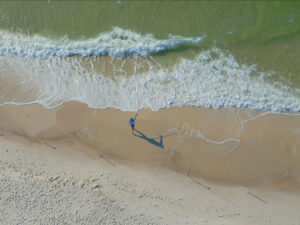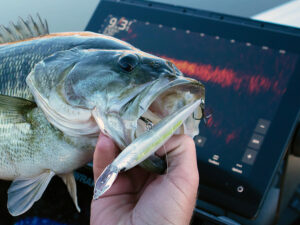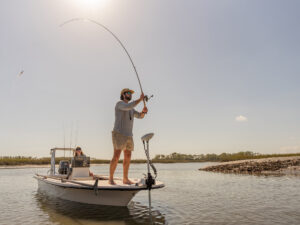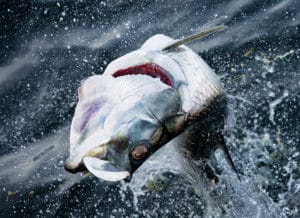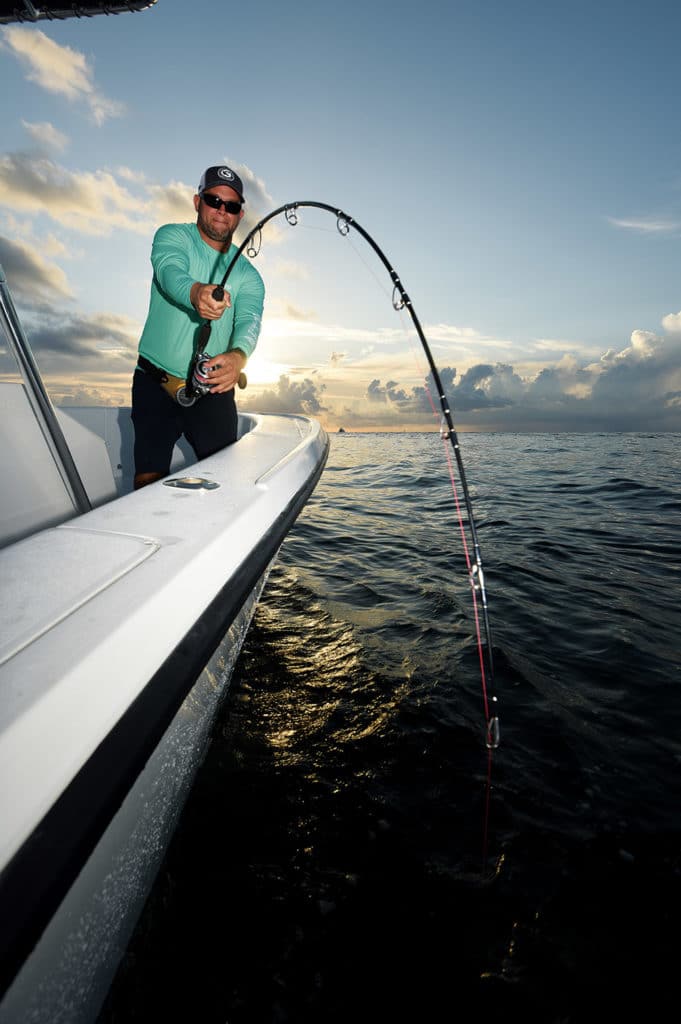
Maximum-drag specifications on today’s premier reels are kind of like the Dodge Challenger SRT Hellcat with 700-plus horsepower: For both, the performance numbers are jaw-dropping.
But the skeptic in me must ask: Are 50-plus-pound drag settings actually necessary or desirable in real-world fishing scenarios? And do those locked-down drags come at a potential cost to the angler?
“Spinning- and conventional-reel drags operate in a similar fashion by adding more or less pressure on the drag washers,” says Mike Rice, of Penn Fishing. “The more pressure or friction between the drag washers, the more drag the reel puts out.”
Increased drag-washer surface area is the easiest way to achieve higher max drag. “This can be accomplished in two ways, [with] either more surfaces or bigger surfaces,” says Rice. “That’s why max drags get higher in the bigger reels — there’s more drag-washer surface area.”
Manufacturers have found ways to intensify drag without sacrificing smoothness, increasing the breakaway drag (the force required to get the spool turning), or overloading some other part of the reel. The drag should always slip before other reel parts yield or break, even when the drag is maxed out.
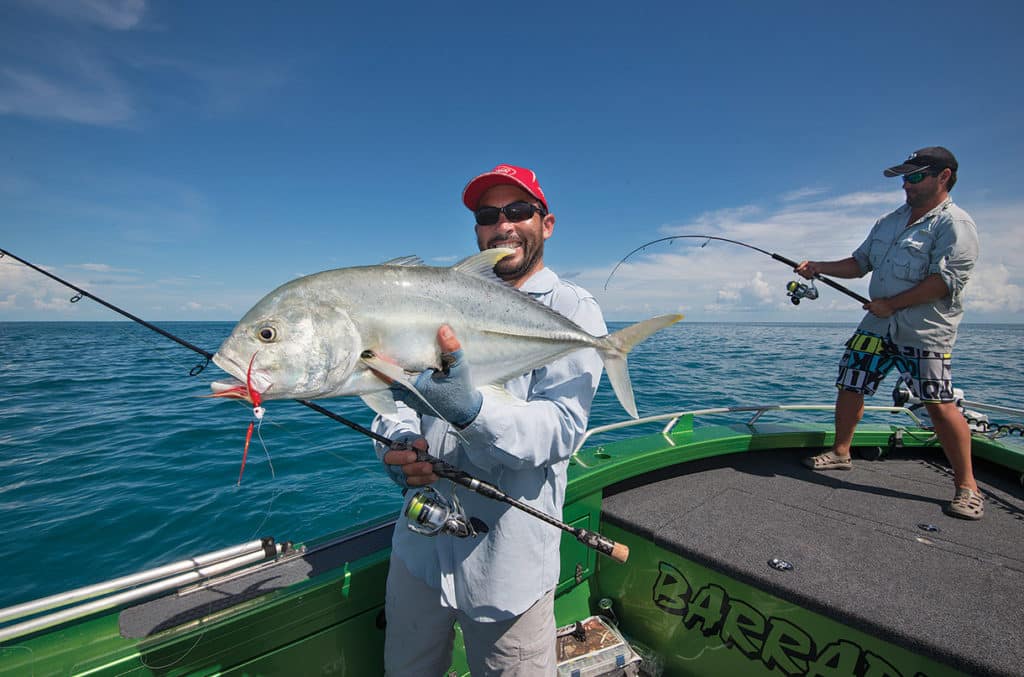
How Much Drag Is Enough?
Reel drag systems are governed by the torque equation (torque equals force times radius), points out Chris Littau, of Rather Outdoors. In the case of reels, the radius is actually the distance from the center of the spool to where the line exits.
“This explains why the more line [there is] on the spool, the less drag you exert,” says Littau. “All else being equal, if the diameter of the line on the spool reduced to half, then the line tension would double. This is a big factor on trolling reels when billfish and tuna take off a lot of line.”
So how much drag is enough for your style of fishing? For sailfishing, it might be just 6 pounds at strike and 12 pounds max, says Littau. For bottomfishing, it’s maybe 12 pounds at strike and 20 pounds max.
Most anglers don’t ever need to go above 25 to 30 pounds of drag, says Rice. “The goal is to tire the fish out,” he adds. “When you get into the higher drags, I’ve seen grown men who didn’t have the right technique in a harness become exhausted quickly.”
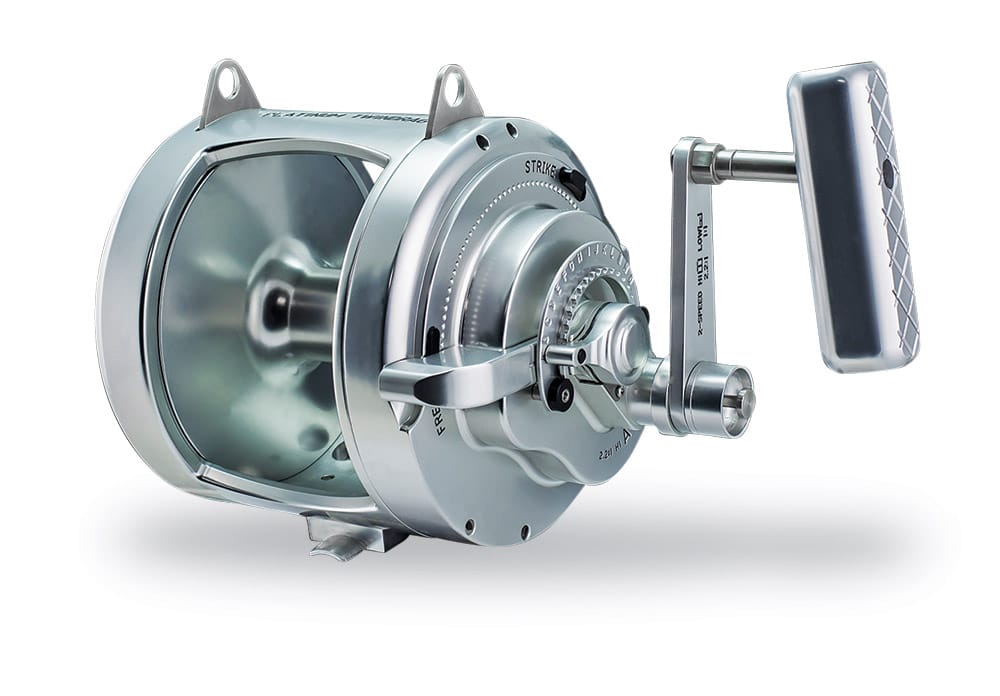
Specifically, the drag setting is dependent on the size of your line and the species targeted.
“One-quarter or one-third of the line’s breaking strength should be your drag setting at strike,” says Ben Secrest, of Accurate Reels. “If you are fishing 200-pound braid, that equates to 50 to 65 pounds of drag. In the past few years, anglers are actually downsizing to smaller reels and using lighter max drags, instead relying on better technique and drag smoothness.”
On a conventional reel, having too much max drag can jeopardize the usable range between free and strike. “Because of the drag cam on a lever drag, a standard reel at lockdown drag (with the drag knob completely tightened) can still be set to 6 or 8 pounds of strike drag, but will go into free-spool too quickly when you back the lever off,” says Littau.
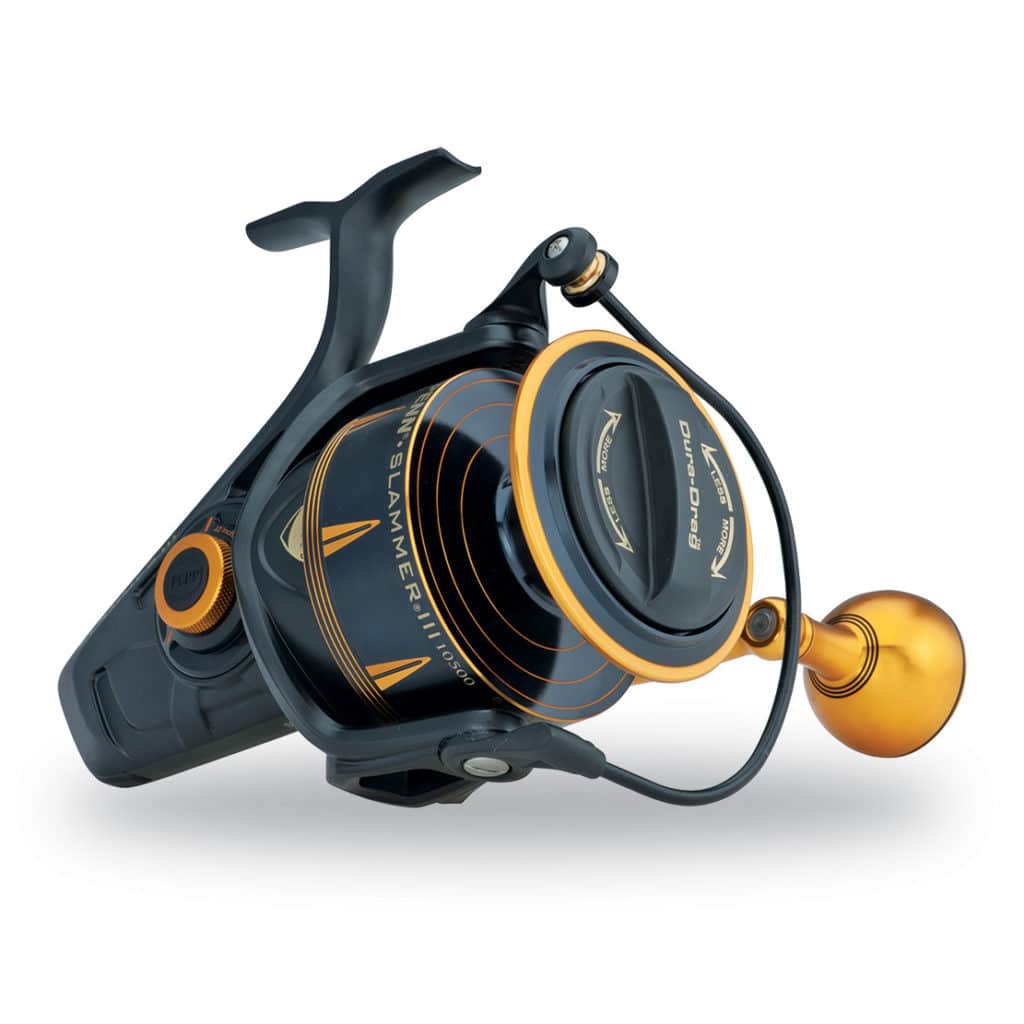
Pull Out the Big Guns
Capt. Seth Funt, a Shimano pro staffer and member of the Team Three Buoys fishing team in South Florida, points out just a few scenarios where he maxes out heavy drags. Instead he usually recommends 25 to 33 percent of line breaking strength at strike. He uses Shimano’s latest Tac II and Stella series because of their high drag ratings.
“The few times I’ll max out my drag,” he says, “include fishing for giant makos off California, for goliath grouper in Florida, and for giant yellowfin tuna.” Max drag with yellowfins quickens fight time and prevents lactic acid buildup, which can affect meat quality.
One other scenario that no angler asks to be a part of, but which does happen from time to time, calls for reeling in a marlin or swordfish that dies during the fight. “If you ever have to crank up a dead marlin or swordfish, maxing out the drag is the only way to make headway with so much dead weight,” says Funt.
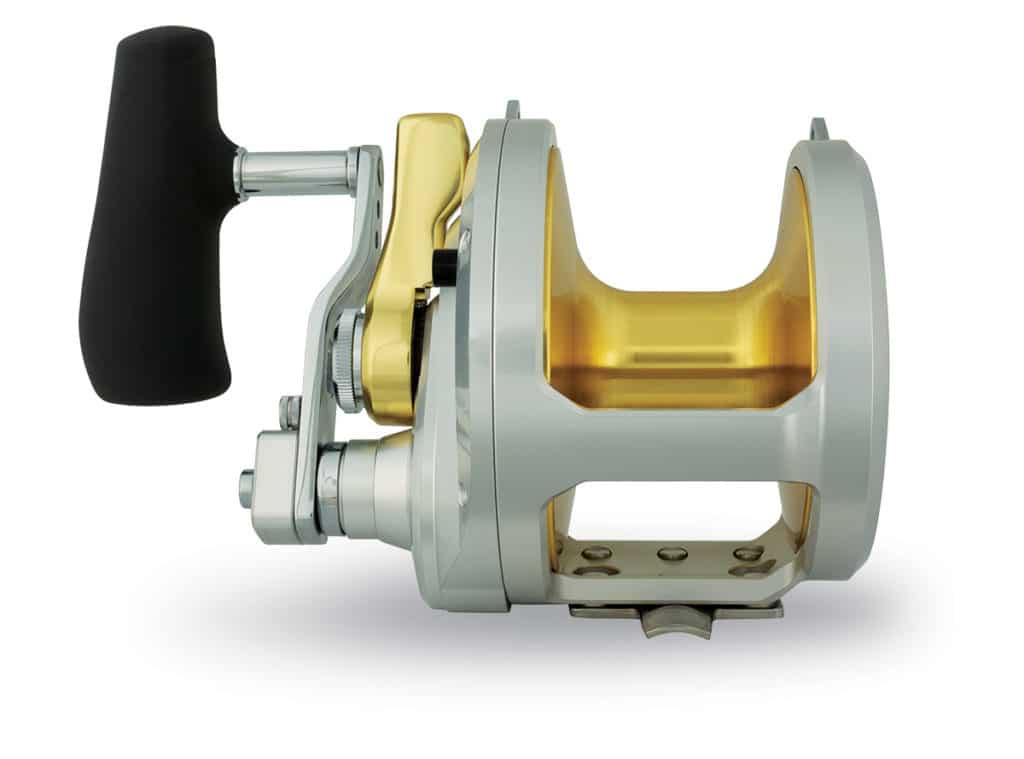
Funt emphasizes that an angler should never exceed factory drag settings, which can happen if the reel heats up too much. Overworking a reel can lead to a reel failure and lost fish. Drag force tends to increase with increased reel heat by simple expansion of the related drag parts. The expanding parts have nowhere to go and therefore exert greater forces on one another. (Some newer reels with specific graphite or carbon-fiber drag washers have a physical quirk that causes the drag force to do the exact opposite: decrease with heat.)
To limit wear and tear during a drawn-out fight with high drag, anglers on the West Coast use the boat’s rail to equalize the battle, letting the rail and the rod serve as a fulcrum.
“The lever effect is a way for the angler to fish more drag effectively,” says Secrest. “Anglers fishing by IGFA standards should be using a proper fighting harness for the wellness of their back, and then apply as much pressure as possible on the fish through the combination of the rod and reel. The more the rod is loaded, the more pressure is passed on to the fish.”
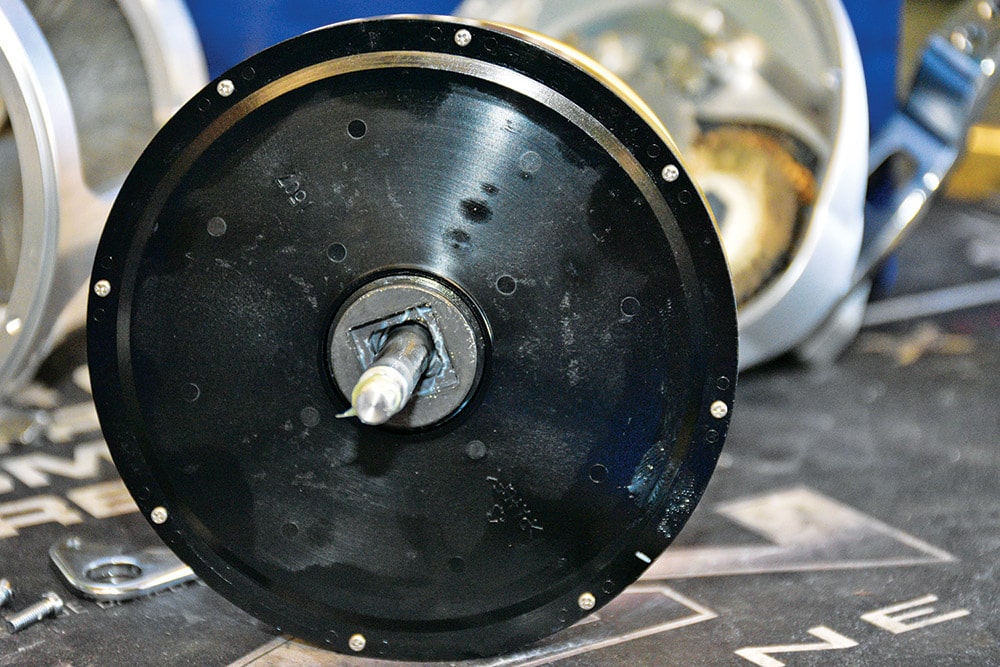
Too Much of a Good Thing
“Anglers want to have that stopping power available to them, so reels with those capabilities are a necessity for manufacturers,” says Curt Arakawa, marketing manager for Daiwa. “But [top-end] drag might be a bit overrated; I’d much rather have a smooth-working drag system.”
Littau recalls an incident that took place while developing the Quantum Cabo: “I lifted a 55-pound weight with a really short, strong jigging rod just to see if I could do it. I did it, and I have a picture to prove it. The reel could lift more, but I doubt I could. No way would I ever try to fish with that much drag.”
Penn’s Rice agrees. “We work with a couple of anglers who field-test for us, and they were able to stand-up fish with 55 to 60 pounds of drag for the giant bluefin,” he says. “But they were professionals; that much drag should not be attempted by the average angler.”
At a certain point, an angler simply can’t hold on to the rod and reel anymore; too much drag will diminish the work of the rod action. “If you have a rod loaded, doing its part, the reel acts as a line collector,” says Secrest. “The drag helps put more action into the rod and regulates the amount of line coming off the reel. If the angler has experience, he’ll know when to take the drag up and when to back off.”

